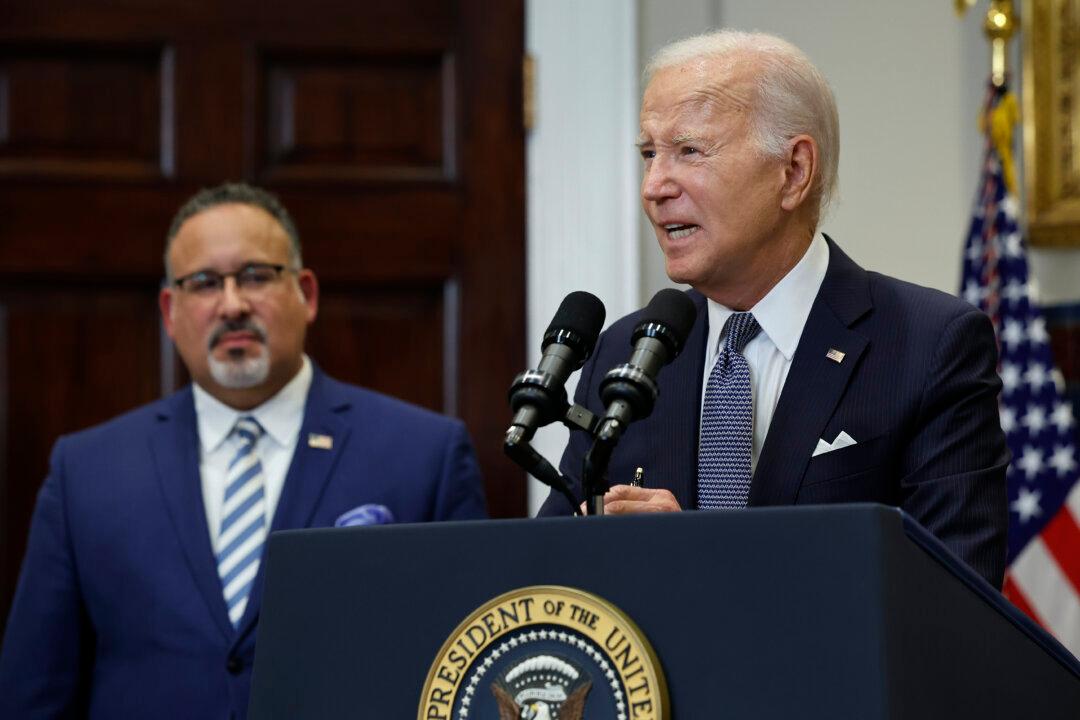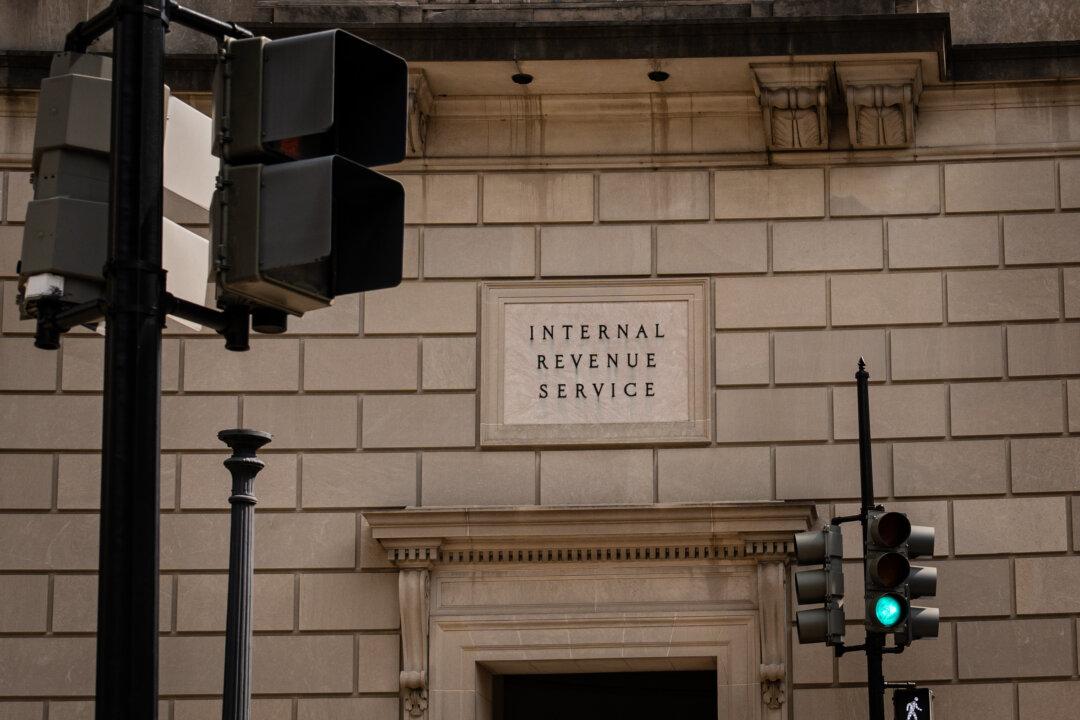The Department of Education announced Monday that it will begin notifying more than 804,000 borrowers that their $39 billion in federal student loans will be “automatically discharged in the coming weeks.”
“The forthcoming discharges are a result of fixes implemented by the Biden-Harris Administration to ensure all borrowers have an accurate count of the number of monthly payments that qualify toward forgiveness under income-driven repayment (IDR) plans,” said the administration in an Aug. 14 press release—a month after the forgiveness plan was announced.





